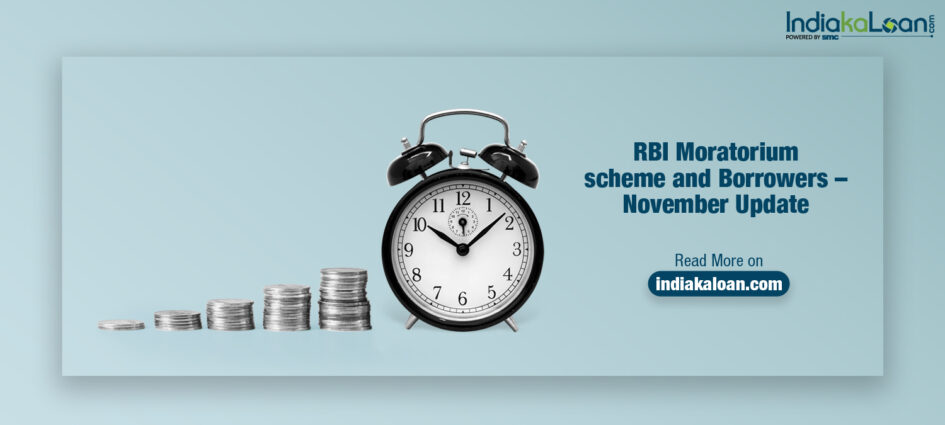In the wake of the coronavirus pandemic, the Reserve Bank of India (RBI) had in March’2020 had announced a moratorium on repayment of EMIs and credit card dues for three months which was later extended till August 31. The eligibility criteria required the accounts to be standard as of February 29 which means that it should not be a Non-Performing Asset (NPA). Housing loans, education loans, credit card dues, auto loans, MSME loans, consumer durable loans, and consumption loans fell under the purview of this scheme.
Borrowers reach Supreme Court
However, it wasn’t long when the borrowers reached the Supreme Court with the plea that they are being charged interest on deferred EMI payments under the moratorium scheme in the aftermath of the COVID-19 pandemic. The Central Government on its part filed a detailed affidavit before The Supreme Court related to the loan moratorium case and stated that the interest waiver scheme would be functional in specified loan accounts from March 1 to August 31, 2020.
What about those who do not have a Job?
However, it makes one wonder that once everything settles down – the moratorium period, the crediting of difference between interest on interest – will one still be liable to pay the EMI for the loan that he has taken? What about those borrowers who do not have a job? How will they come out of their crisis? The chaos generated by COVID-19 has enhanced financial stress for borrowers which created a monumental challenge for their debt burden.
Prudential Framework on Resolution of Stressed Assets
It is for these borrowers that RBI in its monetary policy in August had announced the Prudential Framework on Resolution of Stressed Assets which provides a principle-based resolution framework for addressing borrower defaults. Any resolution plan executed under the Prudential Framework, that involves granting of any concessions on account of financial hardship of the borrower, requires an asset classification downgrade except when accompanied by a change in ownership, subject to prescribed conditions.
RBI’s Impact on Personal Loans
The borrowers who took the loan before March 31, 2020, would enjoy the benefits. However, it must be noted that these borrowers should not have defaulted on EMI till the 1st of March 2020. RBI also added that the resolution under this framework can be invoked no later than December 31, 2020, and must be implemented within 90 days from the date of invocation. However, lending institutions can strive for early invocation.
Gold Loan
Extant guidelines make it mandatory that loans sanctioned by banks against pledge of gold ornaments and jewelry for non-agricultural purposes cannot surpass 75 percent of the value of gold ornaments and jewelry. RBI clarified that to mitigate the impact of COVID-19 on households it has been decided to enhance the permissible loan to value ratio (LTV) for such loans to 90 percent. This relaxation would be available till March 31st, 2021.
Final thoughts
Simply put what this means is that the borrowers can avail of the loan structuring scheme (24 months or two years maximum limit) if they are not capable of paying EMIs because of financial hardship. However, it must be understood that the liability does not recede with this. It only gives the borrower breathing space. Some banks also charge a restructuring fee. December 31, 2020, it must be understood, is the last date for availing loan restructuring scheme.


Leave a Reply